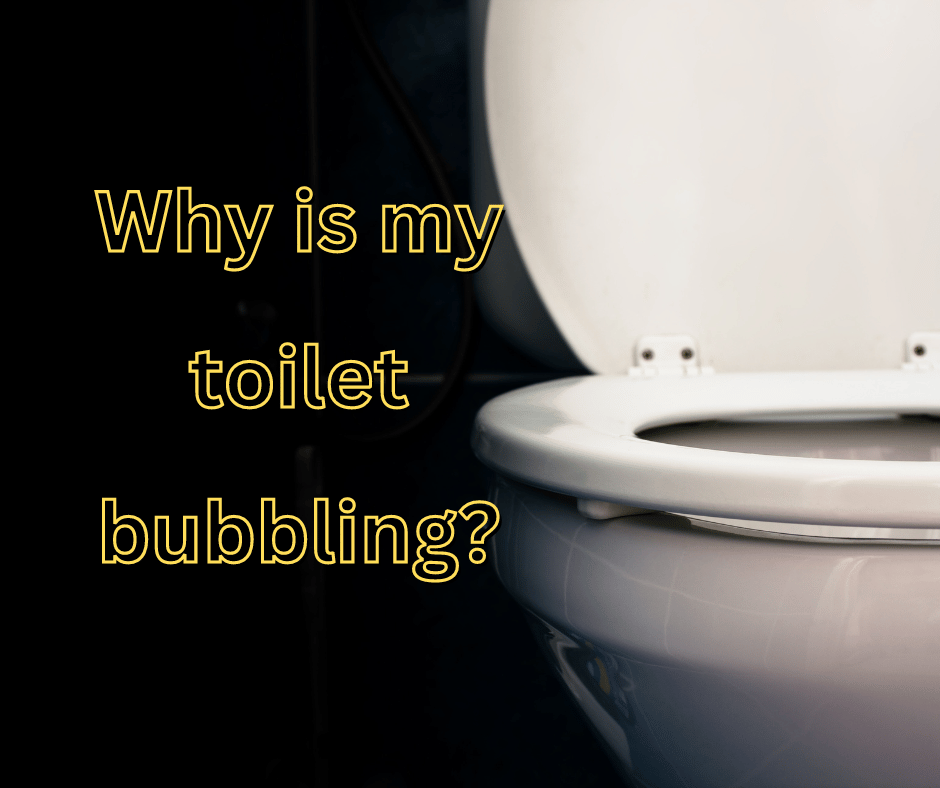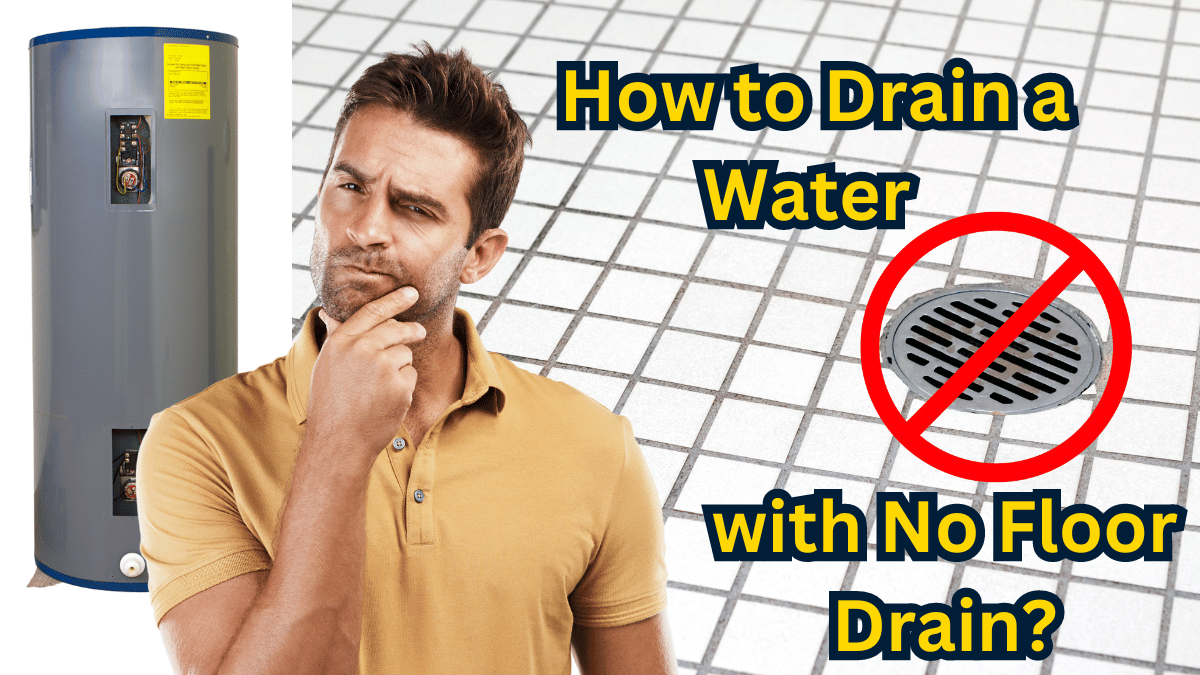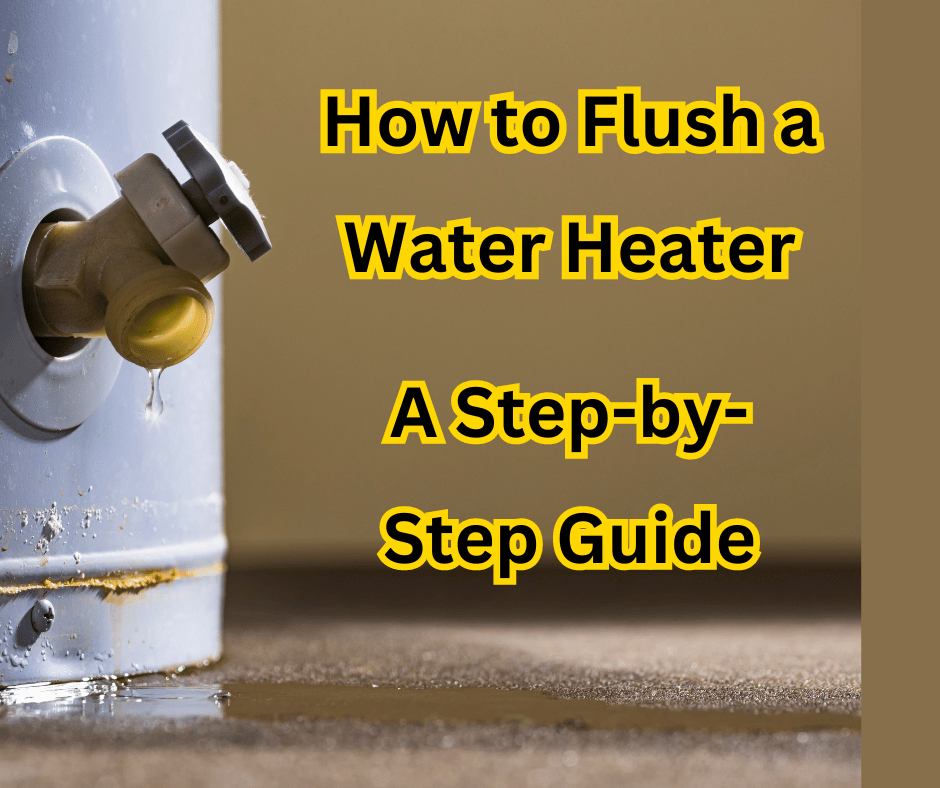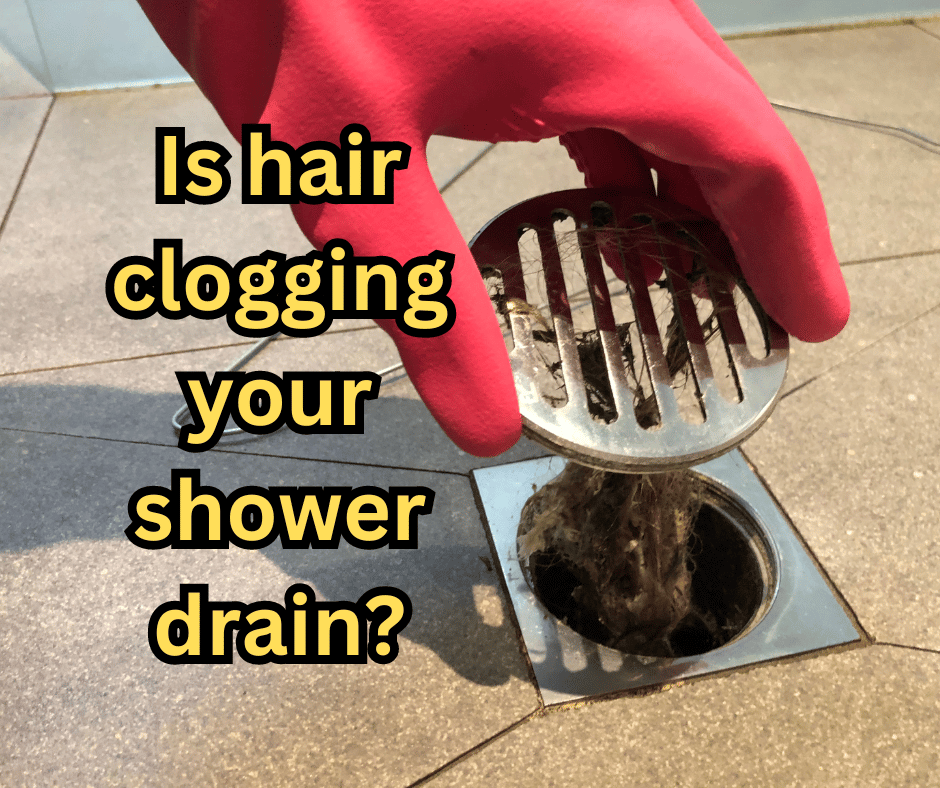
When a toilet gurgles while the shower runs, it might seem like a minor issue, but this strange plumbing behavior should not be ignored. Usually, a bubbling toilet indicates an underlying issue in the drainage system that allows air or water to backflow into the toilet. The reason toilets gurgle while you’re showering is typically because they share common drainage lines. Therefore, a blockage anywhere in the system can cause this to happen.

A few common culprits for this problem are:
- Vent Stack Blockage: Your plumbing system includes vent stacks, also known as plumbing vents, that help regulate air pressure and remove gas and odors. If these become blocked (commonly due to bird nests, leaves, or other debris), air pressure in the pipes can cause water to bubble in the toilet.
- Clogged Drain Lines: If your shower and toilet share the same drain line (which is often the case), a clog in the line can cause air to be pushed back through the toilet as water from the shower tries to pass through the blockage.
- Sewer Line Issues: Problems in the main sewer line, like clogs or damage, can affect all fixtures in the house, including toilets and showers. This is more serious and typically requires professional intervention.
What is a Plumbing Roof Vent?
A vent pipe on roof, also known as a vent stack, plays a crucial role in your home’s plumbing system. Here’s a basic overview of what it is and how its related to the toilet bubbling sometimes when the shower is running:

- Air Regulation: The vent stack extends from the plumbing system in your house up through the roof. Its primary function is to allow air into the plumbing system. This helps regulate the air pressure within the plumbing pipes.
- Preventing Vacuum: Without this air intake, a vacuum could form in the pipes as water flows through them. This vacuum could hinder water flow and cause slow draining.
- Removing Gases: The vent also allows sewer gases to escape. These gases are byproducts of waste decomposition and need a safe exit from the plumbing system. Without a pipe vent, these gases could back up into your home, causing unpleasant odors.
- Maintaining Water Seals: Every drain in your home has a P-trap (the curved section of pipe under the sink or behind the toilet). These traps hold water to form a seal that prevents sewer gases from entering the home. The vent stack helps maintain these water seals by balancing the pressure.
Common Issues with Roof Vents:
- Blockages: Leaves, bird nests, or other debris can block the vent opening on the roof. This blockage can disrupt the air balance in the plumbing system, leading to issues like slow drains, gurgling sounds, or even water bubbling back.
- Freezing: In colder climates, the moisture in the vent stack can freeze and create a blockage.
- Damage or Wear: Over time, the vent stack can get damaged or corroded, leading to leaks or improper functioning.
Signs of a Blocked Vent Pipe:
- Gurgling sounds from drains or toilets.
- Slow draining sinks, bathtubs, or toilets.
- Unpleasant odors emanating from drains.
Dealing with Vent Stack Issues:
- Inspection: Regularly inspect the vent opening on the roof for any visible blockages. Install a vent stack cover.
- Professional Help: If you suspect a blockage or issue with your vent stack, it’s advisable to contact a professional plumber. They have the tools and expertise to safely and effectively clear blockages and repair any damage.
Understanding the role and maintenance of your plumbing roof vent can help prevent many common plumbing issues in your home.
Clogged Drain Lines
Addressing a clogged drain line can be challenging, particularly if you’re not well-versed in plumbing intricacies. However, there are specific signs to watch for, such as the toilet bubbling everytime shower Is running, which indicate a potential blockage in your drain lines. To assist you in identifying and possibly resolving a clogged drain line, here are some key symptoms to look for and the initial steps you can take to tackle the issue.

Signs of a Clogged Drain Line
- Slow Draining: If water is draining slowly from your sink, bathtub, or shower, it’s a common sign of a clog.
- Gurgling Sounds: Unusual noises like gurgling coming from drains or toilets can indicate a blockage.
- Water Backup: Water backing up in sinks, bathtubs, or showers when you flush the toilet or use the washing machine can be a sign of a clogged line.
- Bad Odors: Foul smells emanating from drains can be due to waste materials stuck in the pipes.
Basic Steps to Check for Clogs
- Check Individual Fixtures: Start by checking each fixture. If only one sink or shower is slow to drain, the clog might be localized to that particular fixture.
- Use a Plunger: A plunger can be effective for minor clogs, especially in toilets and sinks. Ensure you’re using the correct type of plunger for the fixture (a flat-bottomed plunger for sinks and a flange plunger for toilets).
- Baking Soda and Vinegar: For minor clogs in sinks, you can try a mixture of baking soda and vinegar. Pour half a cup of baking soda down the drain, followed by half a cup of white vinegar. Wait 15-20 minutes and then flush with hot water.
- Inspect Common Areas: Check common areas for clogs, like the P-trap under sinks. You can remove and clean the P-trap, but make sure you have a bucket underneath to catch any water or debris.
When to Call a Professional
- Persistent Issues: If the clog doesn’t clear or if multiple fixtures are affected, it might be a more significant blockage in your main drain line.
- Recurring Clogs: Frequent clogs can indicate a deeper issue in your plumbing system.
- Lack of Tools/Expertise: If you don’t have the tools (like a plumber’s snake) or are unsure about tackling the problem, it’s wise to call a professional plumber.
Preventing Future Clogs
- Regular Maintenance: Regularly clean and maintain your drains to prevent buildup.
- Mindful Usage: Be mindful of what goes down your drains. Avoid flushing anything other than toilet paper and human waste down toilets, and keep food scraps, grease, and hair out of sink drains.
Remember, while tackling minor clogs on your own is feasible, it’s crucial to know when to seek professional help. If the problem persists, or if you’re unsure about handling it yourself, don’t hesitate to contact a plumbing expert. It’s always wiser to be cautious with plumbing matters to prevent further complications. For more in-depth insights on managing shower drain clogs, especially those caused by hair buildup, feel free to explore our detailed guide: Why Is My Shower Drain Clogged?.
Sewer Line Issues
Recognizing problems in your sewer line, such as when dealing with individual drain clogs or a toilet bubbling while the shower is running, can be slightly more intricate. Nevertheless, certain indicators are unmistakable. In terms of the expense involved, the costs can fluctuate based on how severe the issue is. In this discussion, I’ll offer some broad advice on both identifying these signs and understanding the potential costs.

Signs of Sewer Line Issues
- Multiple Slow Drains: If several fixtures in your home are draining slowly or backing up, this could indicate a problem with the sewer line.
- Unusual Noises or Smells: Gurgling sounds from toilets, drains, or along the pipes, as well as foul odors coming from drains, can signal a sewer line issue.
- Changes in Lawn Appearance: An unusual indentation in your yard, extra lush patches of grass, or standing water can be signs of a leaking sewer line.
- Toilet Water Levels Fluctuating: If the water level in your toilets fluctuates randomly, it could be due to a problem in the sewer line.
- Backup in Multiple Fixtures: A clear sign of sewer line trouble is when you use one fixture (like flushing a toilet or running the washing machine) and water backs up into another fixture (like the bathtub or shower).
Potential Causes
- Tree Roots: Tree roots can grow into pipes, causing blockages or damage.
- Aging Pipes: Older pipes can corrode, break, or collapse over time.
- Clogs: Large or persistent clogs can affect the main sewer line.
- Ground Movement: Shifting soil or heavy construction nearby can damage underground pipes.
Cost Concerns
- Inspection Cost: A professional plumber might need to perform a camera inspection to diagnose the issue accurately. This can cost a few hundred dollars.
- Repair vs. Replacement: The cost can vary significantly based on whether the line can be repaired or needs to be replaced. Repairs might be a few hundred to a few thousand dollars, while replacement could be several thousand.
- Method of Repair: Traditional repair methods (digging up the yard to access the pipe) are generally more expensive and intrusive. Trenchless methods, like pipe lining or pipe bursting, can be less destructive and sometimes more cost-effective.
- Extent of Damage: The cost will also depend on the extent of the damage and the length of pipe that needs to be repaired or replaced.
- Location and Accessibility: Difficulty in accessing the sewer line (due to landscaping, buildings, etc.) can increase the cost.
Next Steps
- Get a Professional Diagnosis: A licensed plumber can perform a thorough inspection and give you a clear idea of the problem and the estimated cost for repair or replacement.
- Seek Multiple Quotes: If a major repair is needed, get quotes from several plumbing companies to compare prices and options.
- Check Insurance and Warranties: In some cases, your homeowner’s insurance or warranties might cover part of the cost, depending on the cause of the damage.
- Financial Planning: If the cost is high, consider financial options like payment plans that some plumbing companies may offer.
Remember, while sewer line issues can be costly, addressing them promptly can prevent more extensive and expensive damage in the long run. Don’t hesitate to get a professional assessment to understand the full scope of the issue.
How Urgent Is This?
Understanding the urgency and severity of your toilet bubbling when the shower is running involves considering the potential causes we discussed: Vent Stack Blockage, Clogged Drain Lines, and Sewer Line Issues. Here’s how you can conclude and prioritize your response:

1.Evaluating the Severity
- Frequency and Consistency: If the toilet bubbling when the shower is running is a one-time occurrence or very infrequent, it might not be urgent. However, if it happens consistently, it indicates a persistent issue that needs attention.
- Other Symptoms: Are there other signs like slow drains, gurgling sounds, or bad odors? Multiple symptoms increase the likelihood of a significant problem.
- Extent of Impact: Is it just the toilet and shower, or are other fixtures involved? Widespread issues are more indicative of serious problems, like a main sewer line clog.
2. Assessing Urgency
- Vent Stack Blockage: If you suspect this, it’s a moderate urgency. While not immediately damaging, it can lead to more significant issues if not addressed.
- Clogged Drain Lines: This is typically of moderate urgency. It can often be resolved with plunging or minor drain cleaning, but neglecting it could lead to worsened blockages.
- Sewer Line Issues: This is high urgency. Problems with the main sewer line can escalate, potentially leading to extensive property damage and health hazards.
3. Recommended Actions
- Immediate Action: If there are signs of a sewer line issue, contact a plumber immediately. The sooner this is addressed, the better.
- Investigation: If you suspect a vent stack blockage or a clogged drain line, you might start with some DIY checks (like looking for obvious vent stack blockages from the ground or trying to plunge the toilet).
- Professional Assessment: If you’re uncertain or if DIY efforts don’t resolve the issue, it’s wise to get a professional plumber to assess the situation. They can diagnose the problem accurately and provide the most effective solution.
4. Long-Term Considerations
- Maintenance: Regular maintenance, like periodic drain cleaning and vent stack inspections, can prevent many common plumbing issues.
- Awareness: Stay aware of your home’s plumbing health by noting changes in performance and responding promptly to issues.
Final Thoughts
While the toilet bubbling when the shower is running might not be an emergency, it shouldn’t be ignored. Its urgency depends on the frequency, associated symptoms, and whether multiple fixtures are affected. When in doubt, or if the problem persists, getting a professional plumber’s opinion is the best course of action. Acting sooner rather than later can prevent more significant, costly problems down the line.



